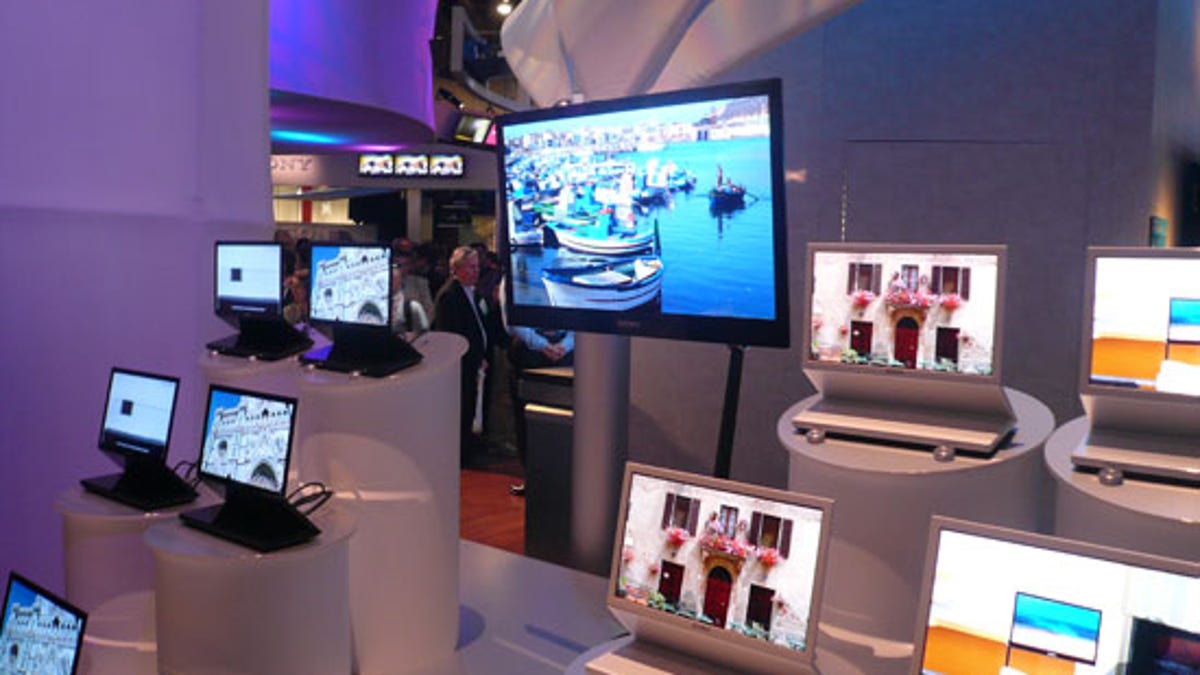Report: Panasonic, Sumitomo teaming on OLED TVs
The Japanese consumer electronics giant cuts a deal with Sumitomo for OLED screen production, indicating that it might be warming to the next-gen TV tech.

Panasonic and Sumitomo Chemical are teaming up to develop TVs with OLED panels of 40 inches or larger by 2010, according to a report in the Nikkei Business Daily cited by Reuters. That would seem to indicate a more friendly embrace of OLED technology from Panasonic, which was touting a much more cautious approach to the burgeoning technology just a few months ago. (Sumitomo's been an OLED player since its 2007 acquisition of Cambridge Display Technology.)
OLED ("organic light-emitting diode") is a next-generation display technology that enables TVs with near-infinite contrast ratios and--because there's no backlight--screen thicknesses measured in millimeters. Currently, there's only one consumer model available--the
Panasonic has never emphasized its LCD TVs as much as its plasma models, but that latter technology is catering to a shrinking market of enthusiasts who prefer its still superior black levels and off-angle viewing. Meanwhile, LCD TVs--often from competitors such as Vizio, Samsung, Sony, and LG--continue to offer ever improving picture quality even as prices shrink.
My opinion: A move by Panasonic to OLED could be a smart way for the company to leapfrog LCD altogether, and get in on the ground floor of the successor technology. But it will hardly be a cakewalk, as those aforementioned companies (and many others) will be vying for market share in the blossoming OLED TV space--whenever it eventually arrives. Just don't expect the initial large-screen (40-inch screen sizes and up) models to cost anything less than $10,000--no matter which company is making them.

